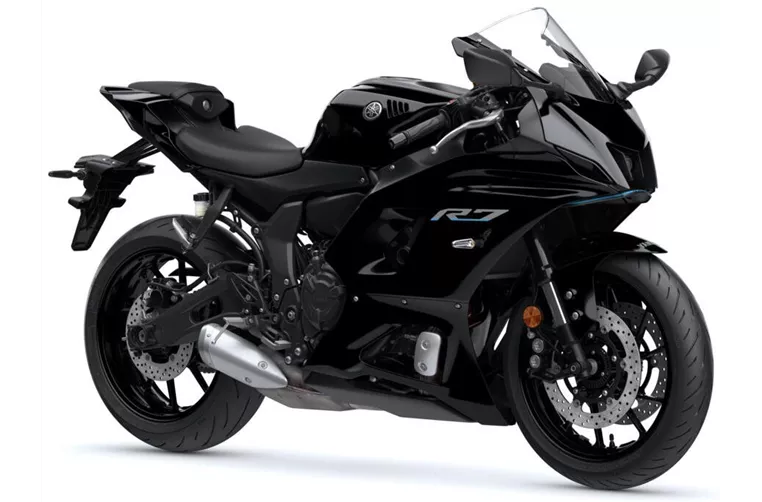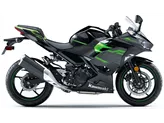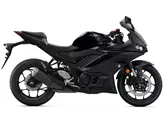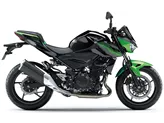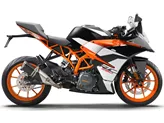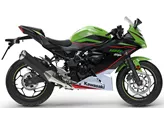Kawasaki Ninja 400 2020 vs. Yamaha R7 2022
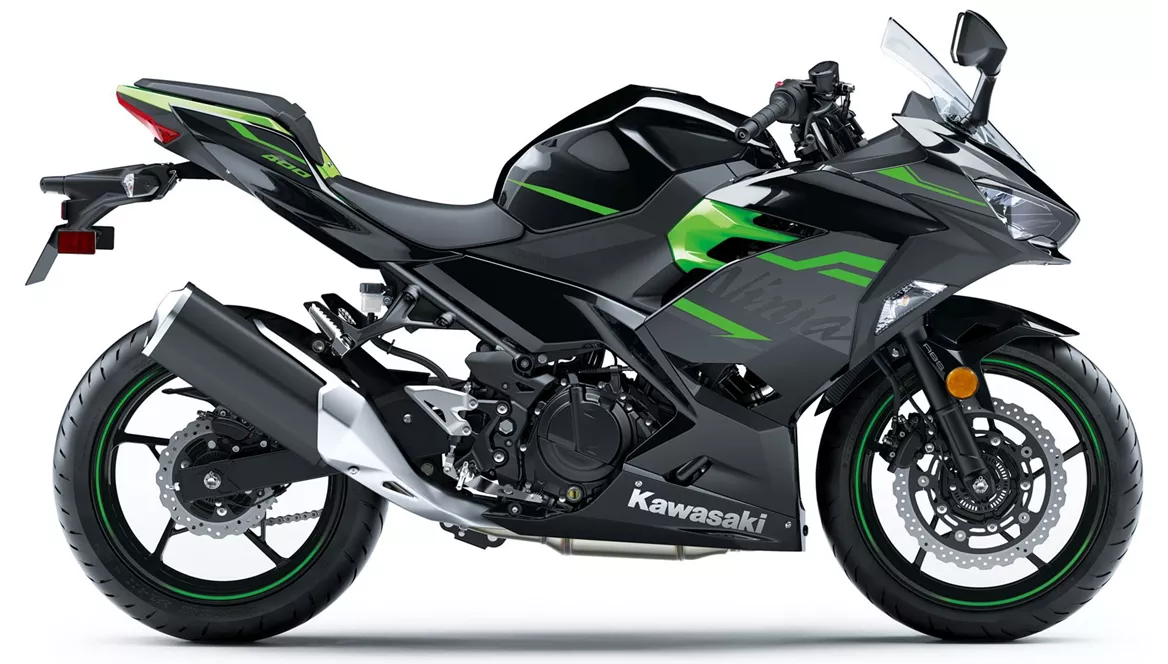
Kawasaki Ninja 400 2020
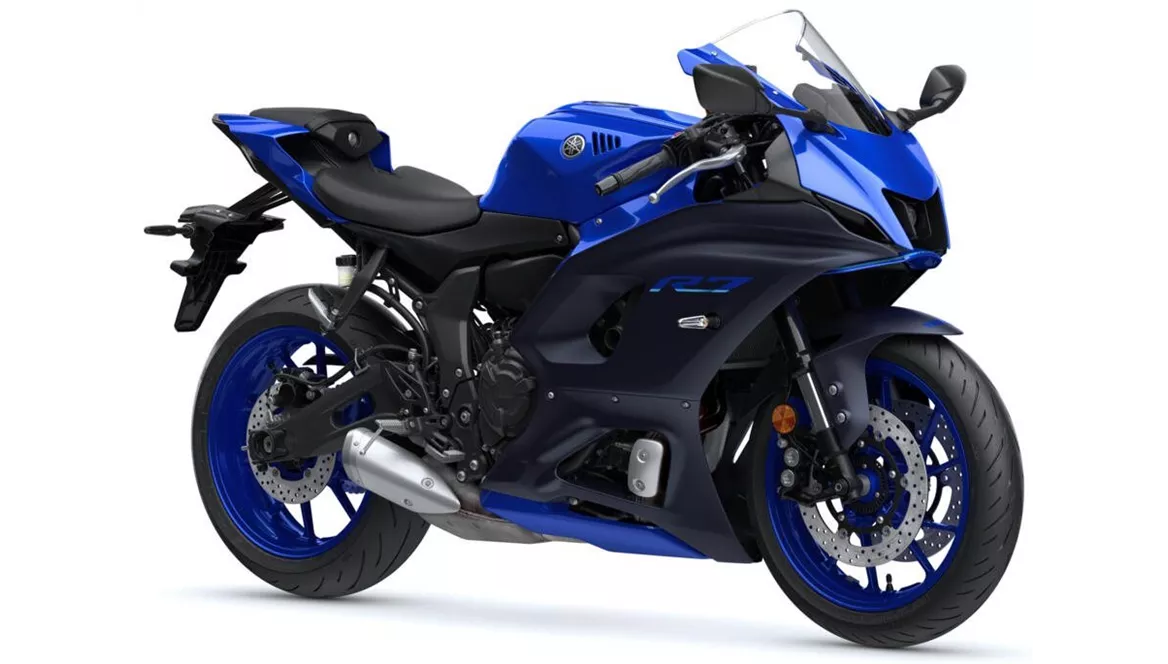
Yamaha R7 2022
Loading...
Overview - Kawasaki Ninja 400 2020 vs Yamaha R7 2022
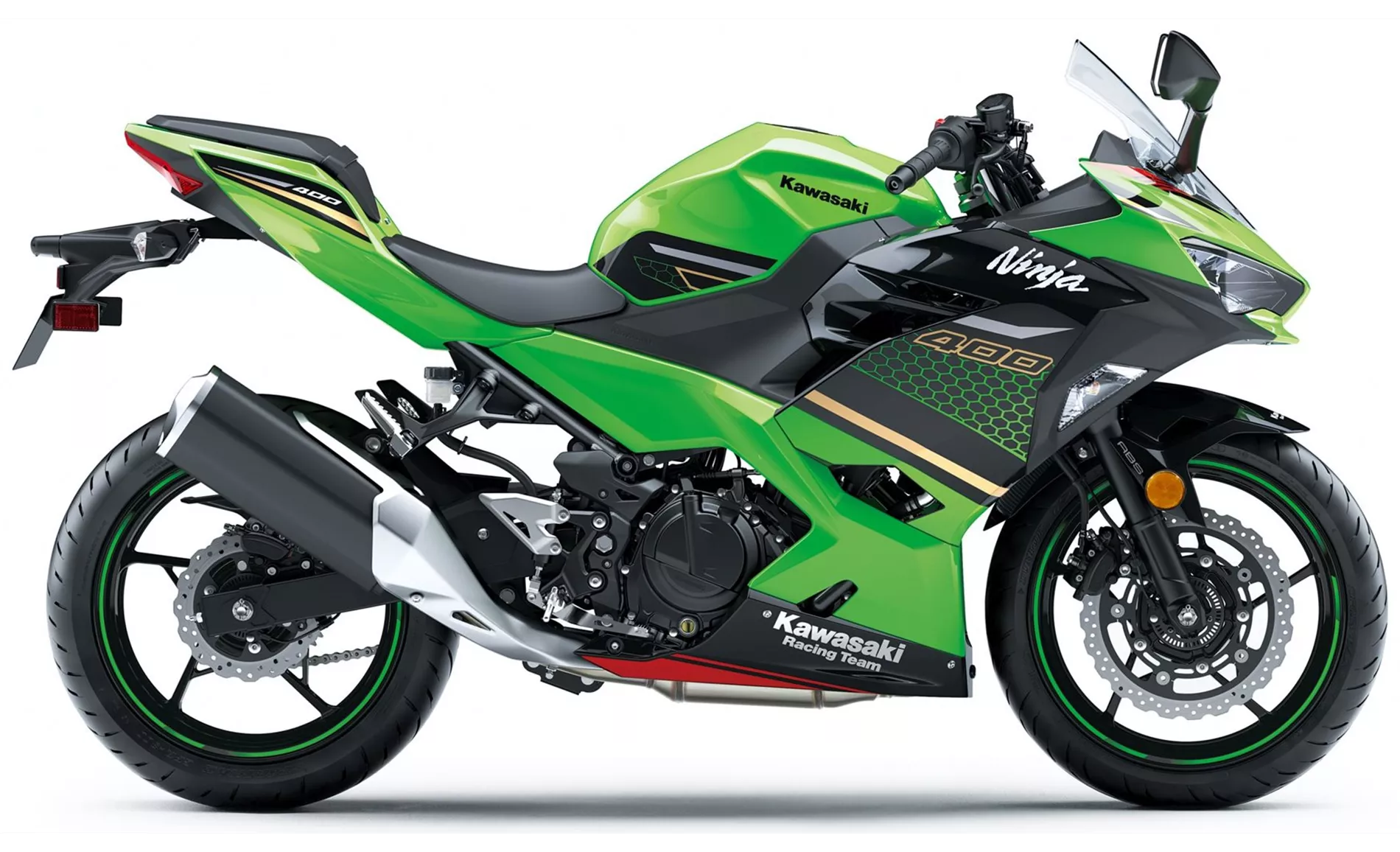
Kawasaki Ninja 400 2020

Yamaha R7 2022
Technical Specifications Kawasaki Ninja 400 2020 compared to Yamaha R7 2022
Pros and Cons in comparison
Pros and Cons in comparison
Kawasaki Ninja 400 2020
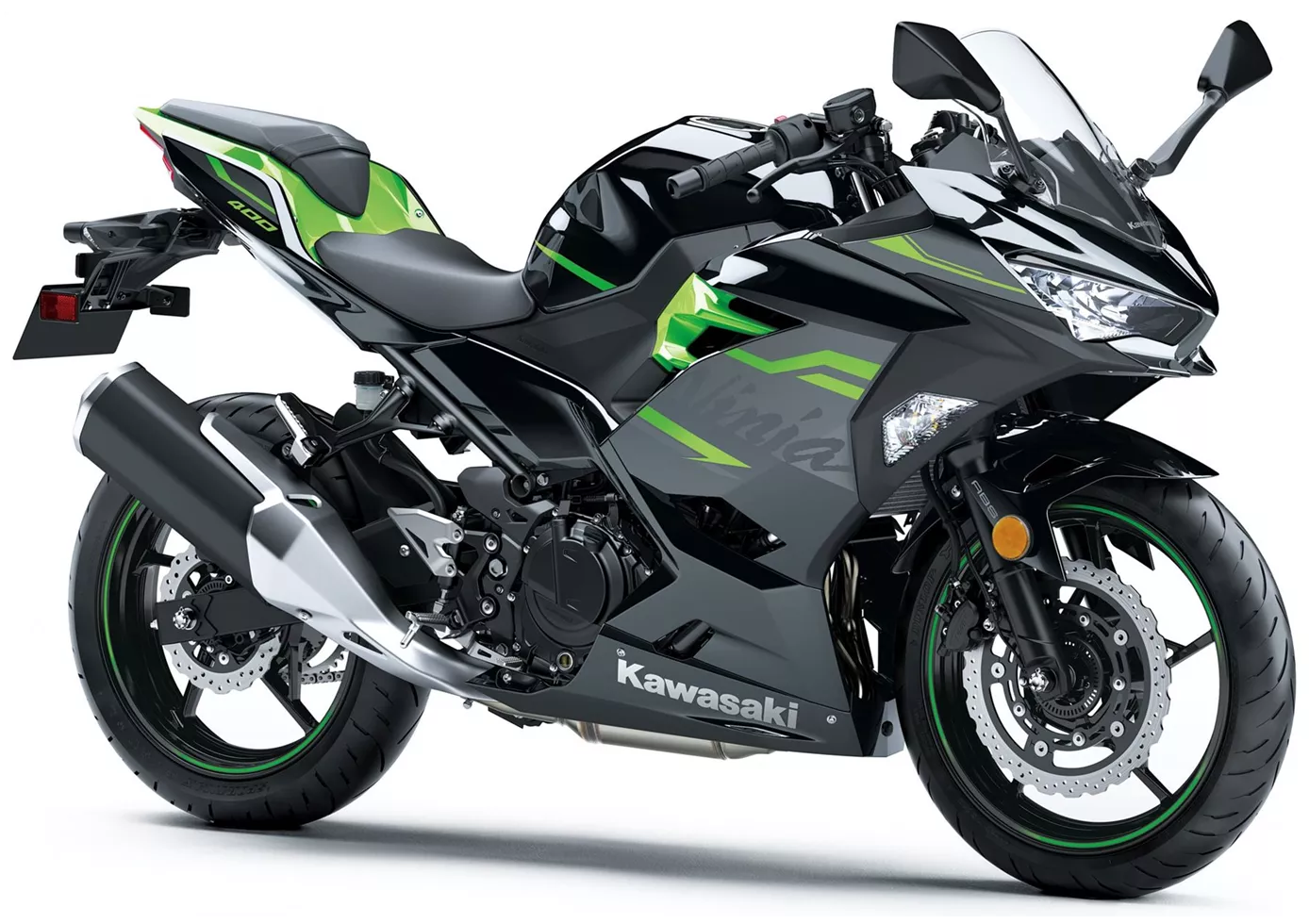
Unfortunately, our editors did not test this model.
Yamaha R7 2022
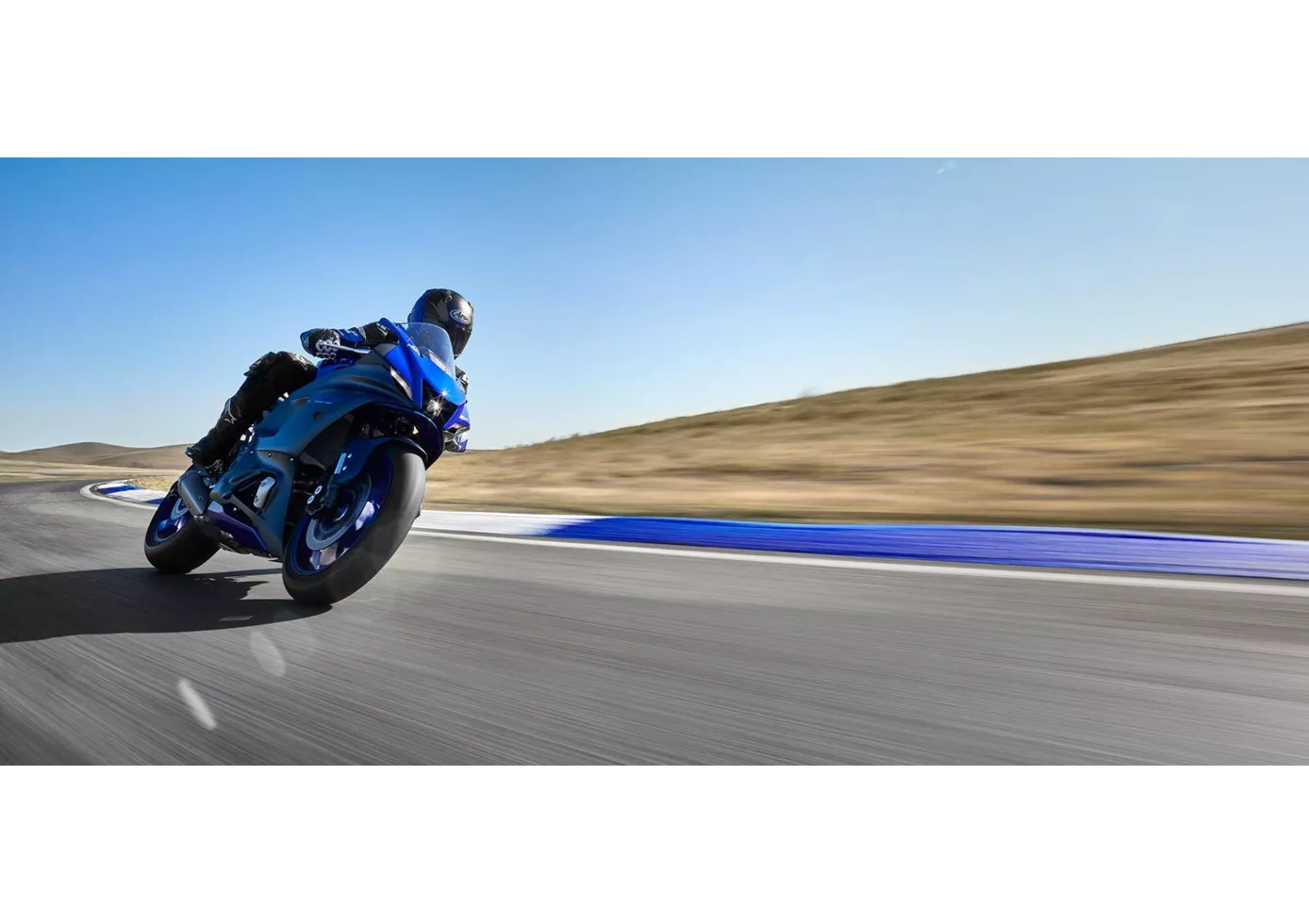
Those who expect the Yamaha R7 to be a half-hearted solution will be surprised at how well-balanced the little supersports bike is. Of course, the engine with just over 70 hp doesn't have what it takes to challenge the R6, for example, but the engine with its punch from below fits the character perfectly. The chassis components are of high quality, even fully adjustable at the front, and the handling of the slim grenade is absolutely awesome. The seating position is fine, not as radical as on a real super sports bike, and therefore suitable for everyday use.
Price Comparison Avarage Market Price Kawasaki Ninja 400 vs Yamaha R7
Price Kawasaki Ninja 400
Model year
Current average market prices
Price Yamaha R7
Model year
Current average market prices

